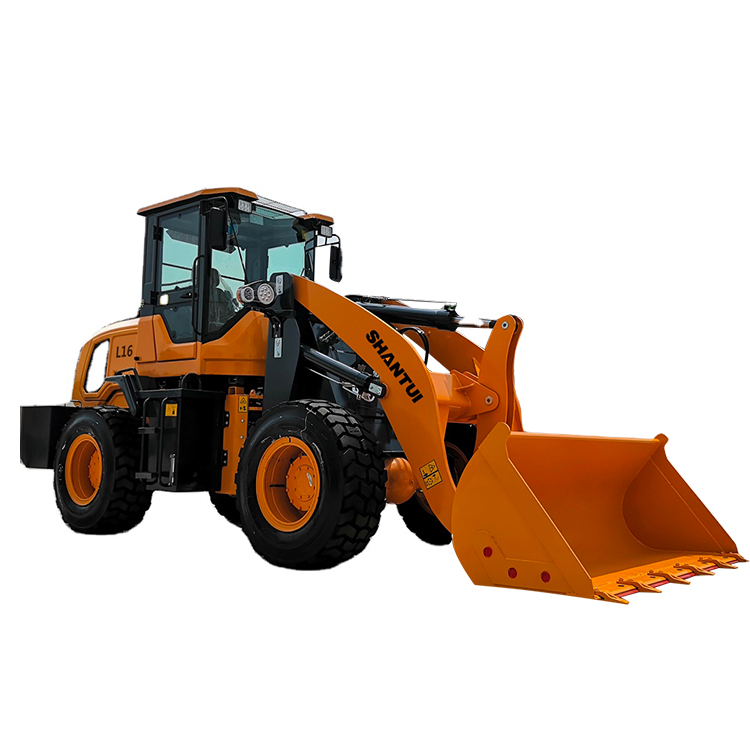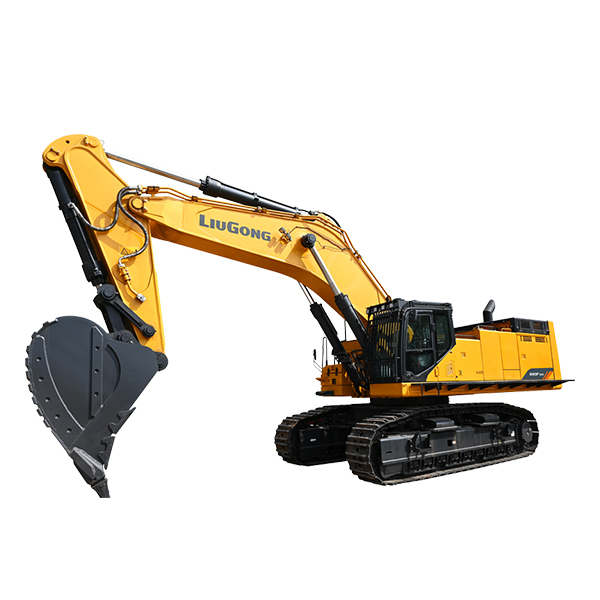Family focused reviews and advice for everything family car related.
Off-road for beginners and the experienced, plus camper trailers, caravans and motorhomes Mixer Truck CNCMC

Utes, commercial vehicles and tow tests
We make it easy to compare design, practicality, value and more
Buying used? Here's what to look out for and buy smart
Your thoughts could drive you to more than just your next destination 🚗💬
Our experts pick the top models
What's happening in the automotive world
Get to know the personalities behind the team every week
The stars of the latest big events
The most interesting hints of what's to come
What's been recalled and why. Are you affected?
The latest and future car tech from around the world
We're here to help you with any car issues
Looking for tips on how to carry or travel with your family?
How To, off-road tips and adventure travel destinations
Not just utes. Detailed advice for you - the tradie - on what car is right for you and your job
Looking for an answer? Our automotive experts are here to help
If you're wondering, we've probably got the answer
Unsure of your car's maximum towing capacity? We've listed all relevant models here.
Wondering how much air to put in your tyres? Our database has the answer
Everything you need to know to keep you and your family as safe as possible
Helpful advice before you finance your next car
Tips for getting the right insurance and how to make a claim
Everything you need to know when sizing up your new car
Tare Mass? GVM? Kerb Mass? GCM? These terms and acronyms can be found on your vehicle's compliance plates, in your owner's manual and many articles and discussions about weights, but what do they actually mean?
They all refer to how much of a load your vehicle is designed to carry or tow, which is crucial to its safe and efficient operation. Therefore, it's important stuff to know.
Two terms you'll often see in these descriptions are 'gross' and 'mass' but if you're unfamiliar with them in this context, have no fear. Gross simply means the entire amount of something, in this case weight. Mass is different to weight in strict scientific terms but for ease of description here, it means the same thing. All of these weights are expressed in either kg or tonnes.
The easiest way to measure these important weights is by using your nearest public weighbridge for a moderate fee. They're easy to find with a quick search online or through local business directories. The design of public weighbridges can vary, from the traditional single deck with an operator on-site to those featuring multiple decks and self-serve 24/7 kiosks with automated credit card payment. So, let's start at the lightest weight and work our way up.
This is the weight of an empty standard vehicle with all of its fluids (oils, coolants) but with only 10 litres of fuel in the tank. We assume 10 litres was chosen as an industry standard to allow otherwise empty vehicles to be driven to and from a weighbridge.
This is the same as Tare Mass, but with a full tank of fuel and without any accessories fitted (bull bars, tow bars, roof racks etc). Think of it as your standard vehicle literally parked at the kerb and ready for you to get in and drive away.
This is the maximum your vehicle can weigh when fully loaded as specified by the manufacturer. You will usually find this GVM figure on the vehicle's weight placard (generally found in the driver's door opening) or in the owner's manual. So GVM is the Kerb Mass plus all accessories (bull bars, roof racks, winches etc) and payload (see below). And if you're towing something, GVM includes the Tow Ball Download.
This is simply the maximum load your vehicle can carry as specified by the manufacturer. Just deduct your vehicle's Kerb Mass from its Gross Vehicle Mass (GVM) and what's left is the amount of stuff you can load into it. Don't forget this includes all passengers and their luggage, which can seriously bite into your payload. For example, if your vehicle has a 1000 kg (1.0 tonne) payload, five big blokes will use up about half of that before you even start throwing in their luggage and a couple of cold slabs!
It's important to know that your vehicle's GVM has been distributed evenly
This is the maximum load that your vehicle's front and rear axles can carry as specified by the manufacturer. You will usually find these figures in the owner's manual. The combined gross axle weights usually exceed the GVM, to provide a safety margin. Even so, it's important to know that your vehicle's GVM has been distributed evenly for safe and efficient operation.
This is the weight of an empty trailer. The term 'trailer' covers everything you can tow or 'trail' behind a vehicle, from a single-axle box trailer or camper trailer to motorcycle and jet-ski trailers right on up to heavy duty multi-axle boat trailers and caravans. If it's a camper trailer or caravan, its Tare Mass unlike a motor vehicle does not include fluids like water tanks, LPG tanks, toilet systems. Also known as Dry Weight for obvious reasons.
This is the maximum axle load that your trailer is designed to carry as specified by its manufacturer. It is the combined weight of your trailer and its payload but does not including the Tow Bar Download (see separate heading). The GTM is usually displayed on the trailer or in the owner's manual.
This is the Gross Trailer Mass (GTM) plus the Tow Bar Download (see separate heading). In other words, the ATM is the maximum towing weight of the trailer/caravan as specified by the manufacturer.
Towing figures claimed by some manufacturers should all carry a large asterisk
This is the maximum weight allowed for your vehicle and trailer combined, as specified by the tow vehicle's manufacturer. This is where you have to pay close attention to your vehicle's GVM and your trailer's ATM, because those two figures determine the GCM and one directly affects the other.
For example, say your vehicle has a Kerb Mass of 2500 kg, a GVM of 3500 kg and a GCM of 5000 kg.
At its Kerb Mass of 2500 kg the manufacturer says it can legally tow another 2500 kg, but that towing weight decreases in direct proportion to how much the tow vehicle's weight increases. So if you loaded up the towing vehicle to its GVM of 3500 kg (or a payload of 1000 kg), that would only leave a towing capacity of 1500 kg to meet the GCM of 5000 kg. If the tow vehicle's GVM dropped to 3000 kg (or a payload of 500 kg), its towing capacity would increase to 2000 kg and so on.
The hairy-chested towing figures claimed by some manufacturers should all carry a large asterisk and explanation of this fact!
The amount of weight on your tow bar is crucial to safe and efficient towing and needs to be mentioned here. Any quality tow bar will have a placard or similar showing the maximum tow bar capacity (kg) and maximum tow bar download (kg). Make sure the tow bar you choose is designed specifically to suit your vehicle and your towing capacity requirements.

Dump Truck SANY Typically the TBD should also be around 10-15 percent of the Gross Trailer Mass (GTM), which for peace of mind can also be calculated using the GTM and TBD figures as shown here: TBD divided by GTM x 100 = % of GTM.